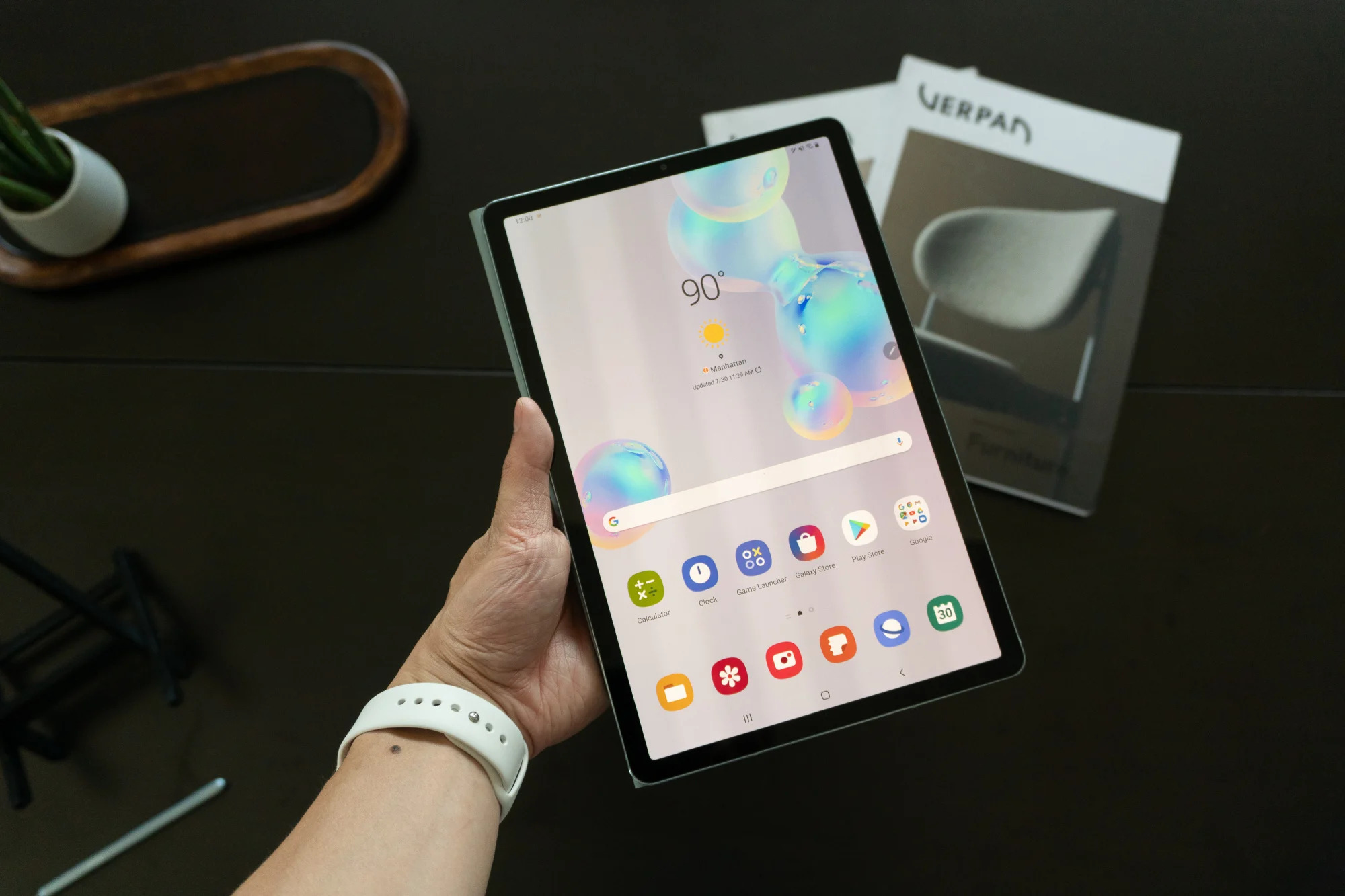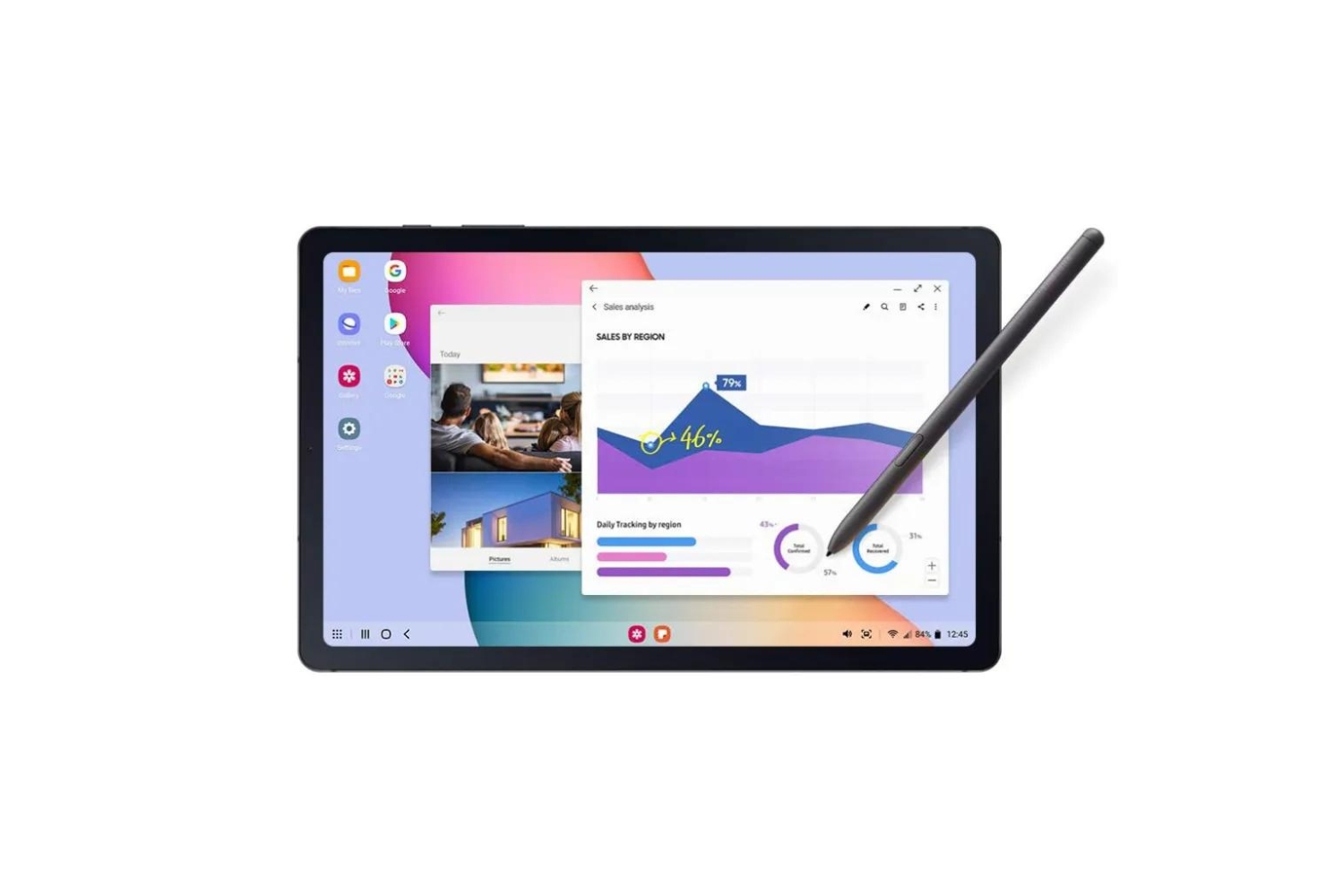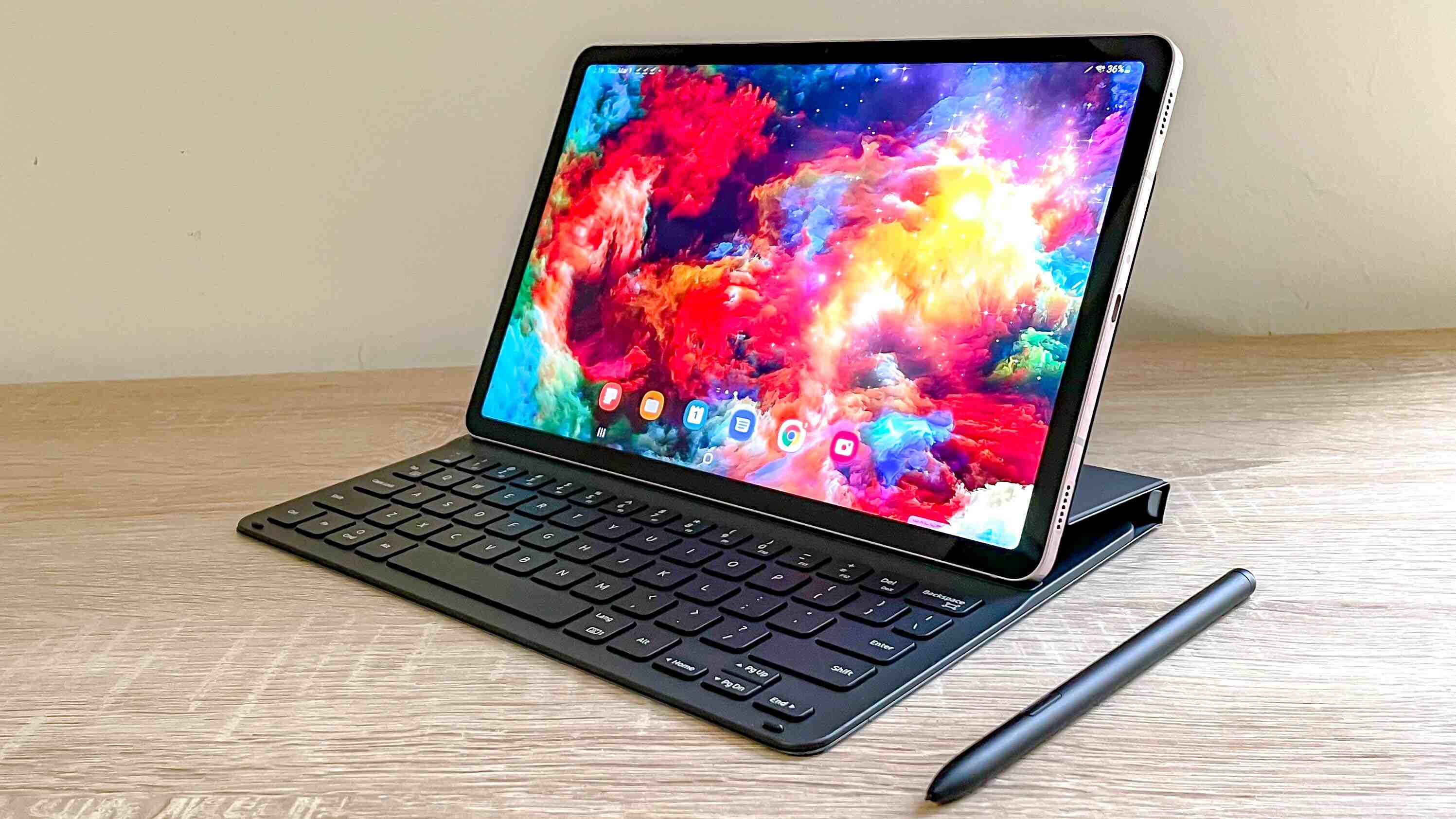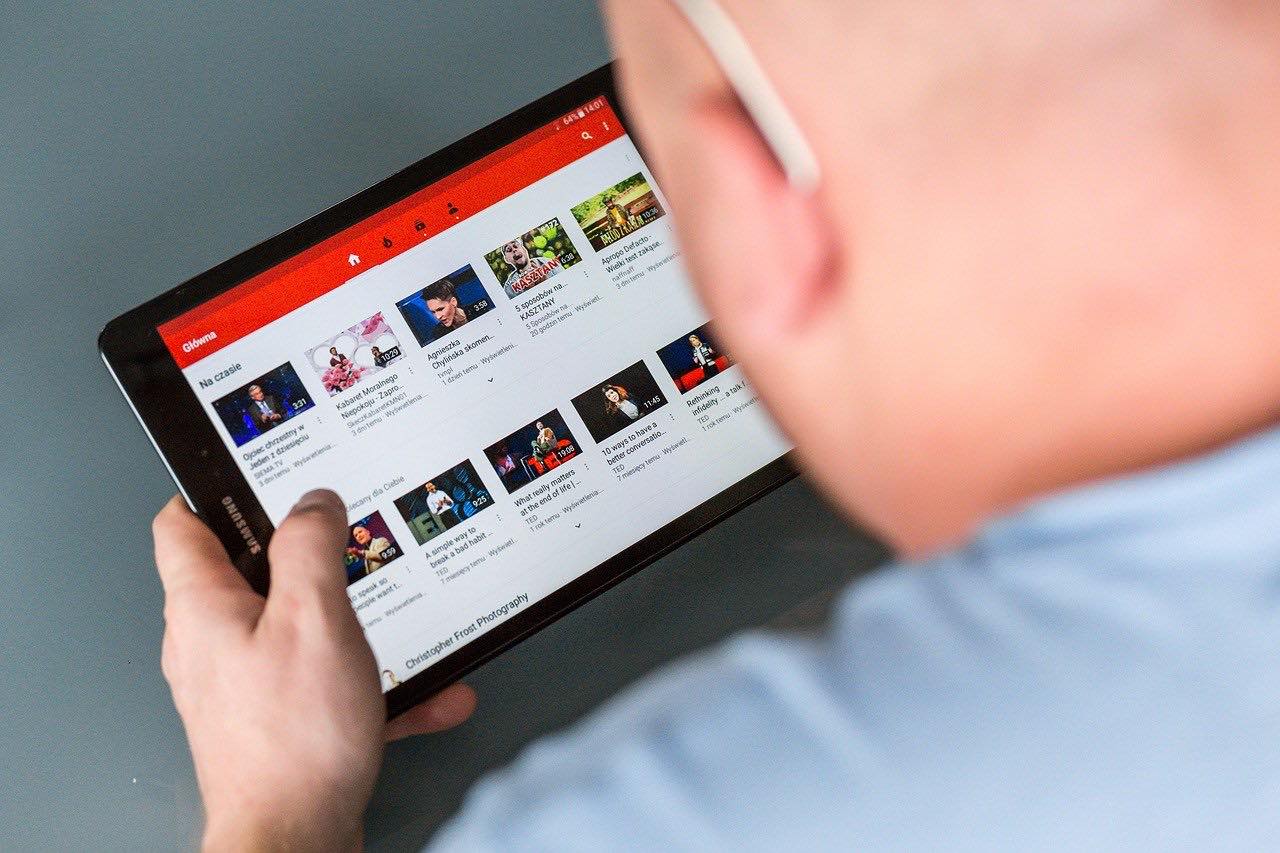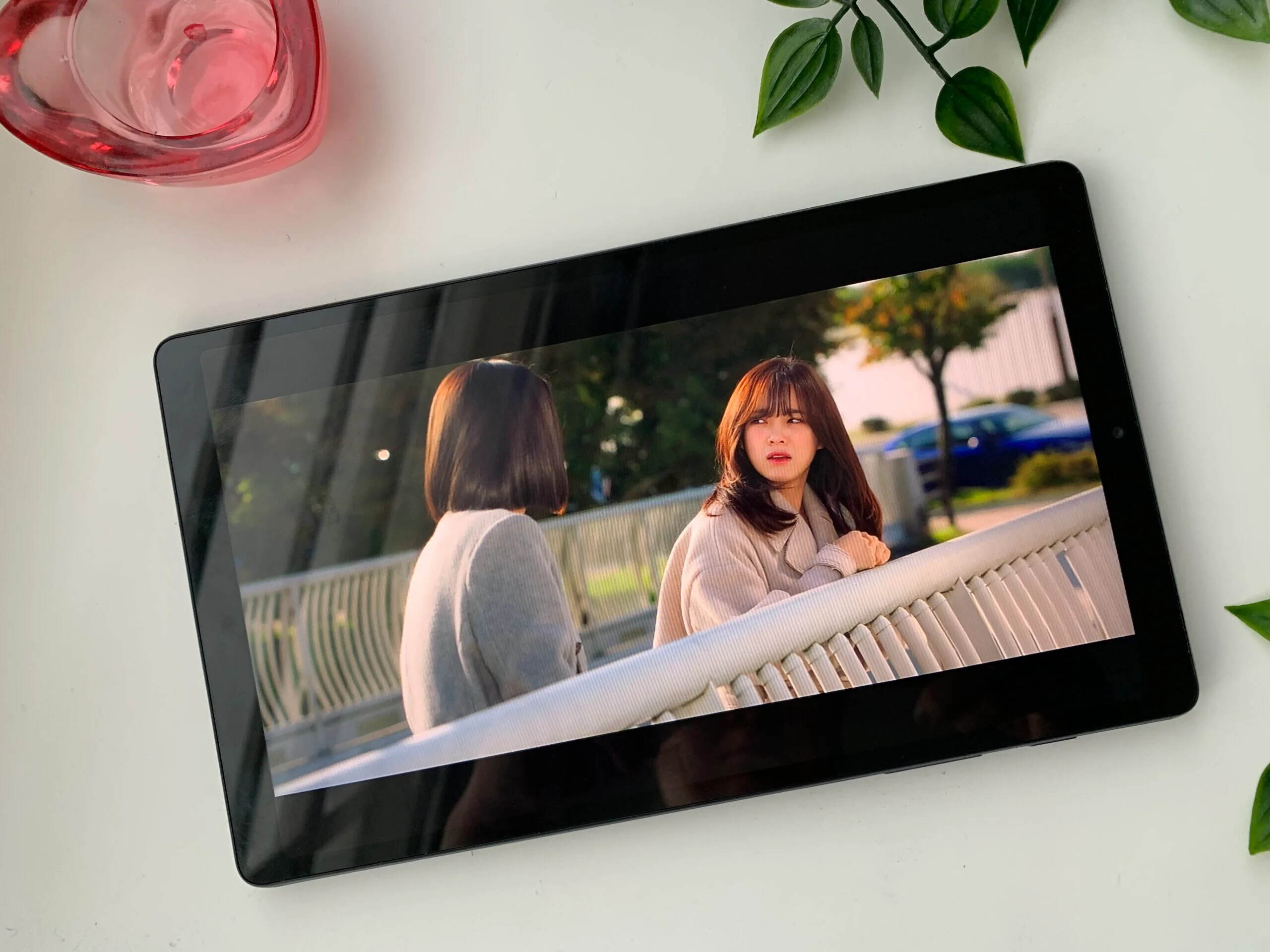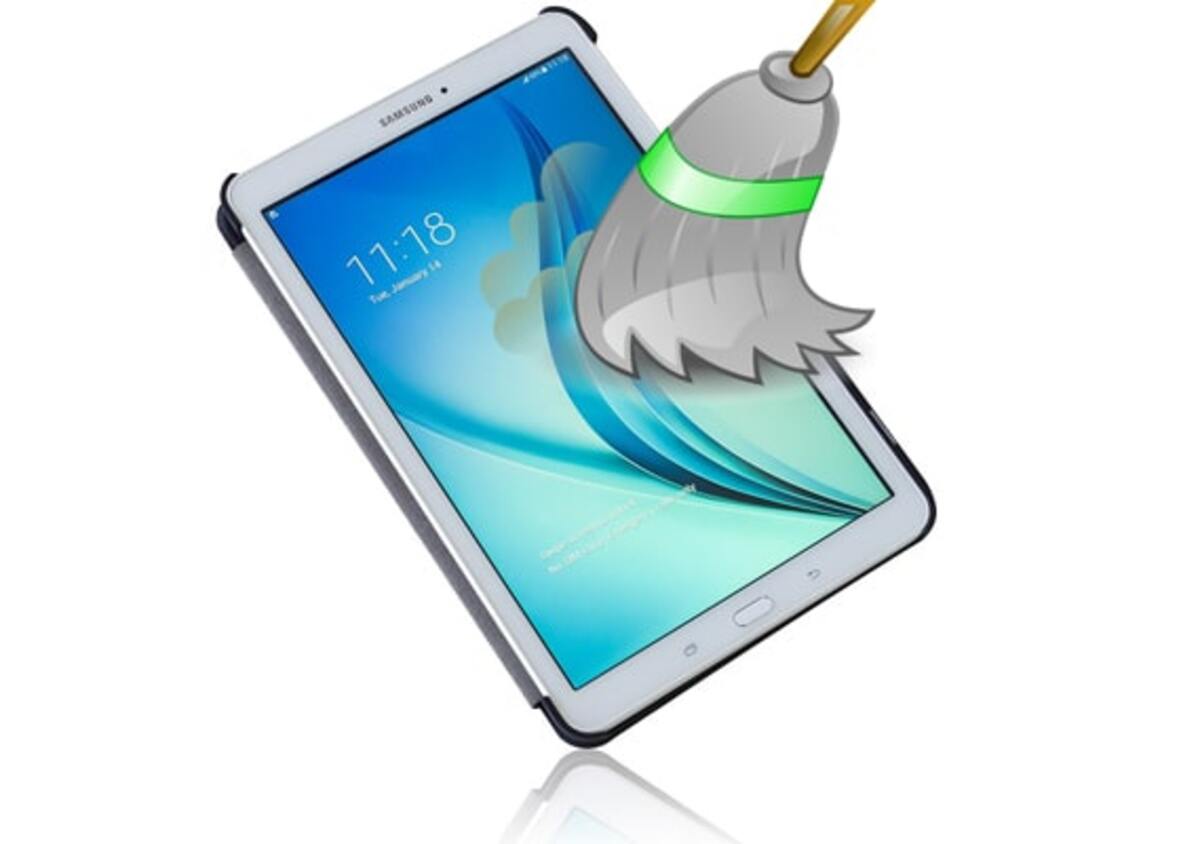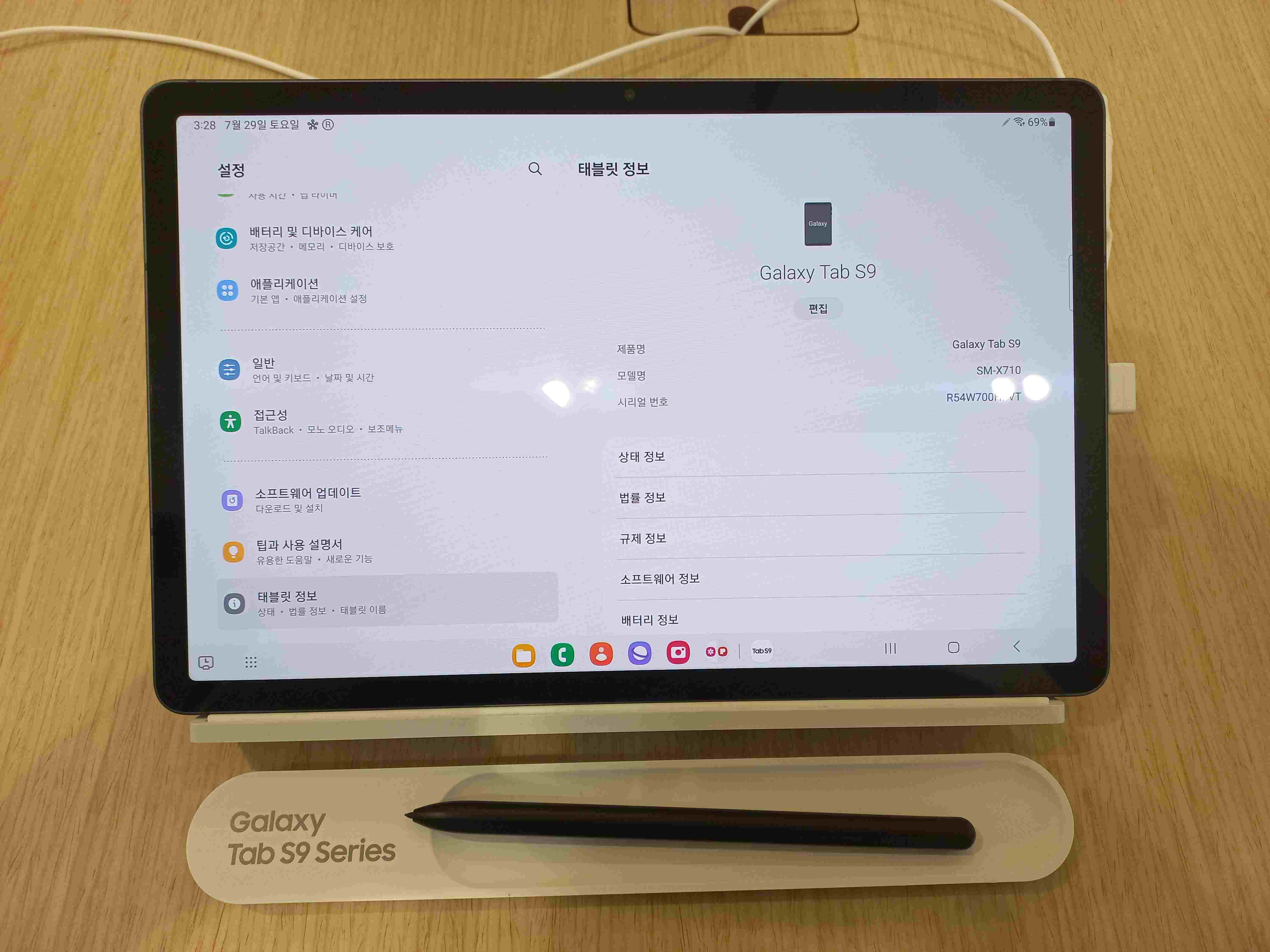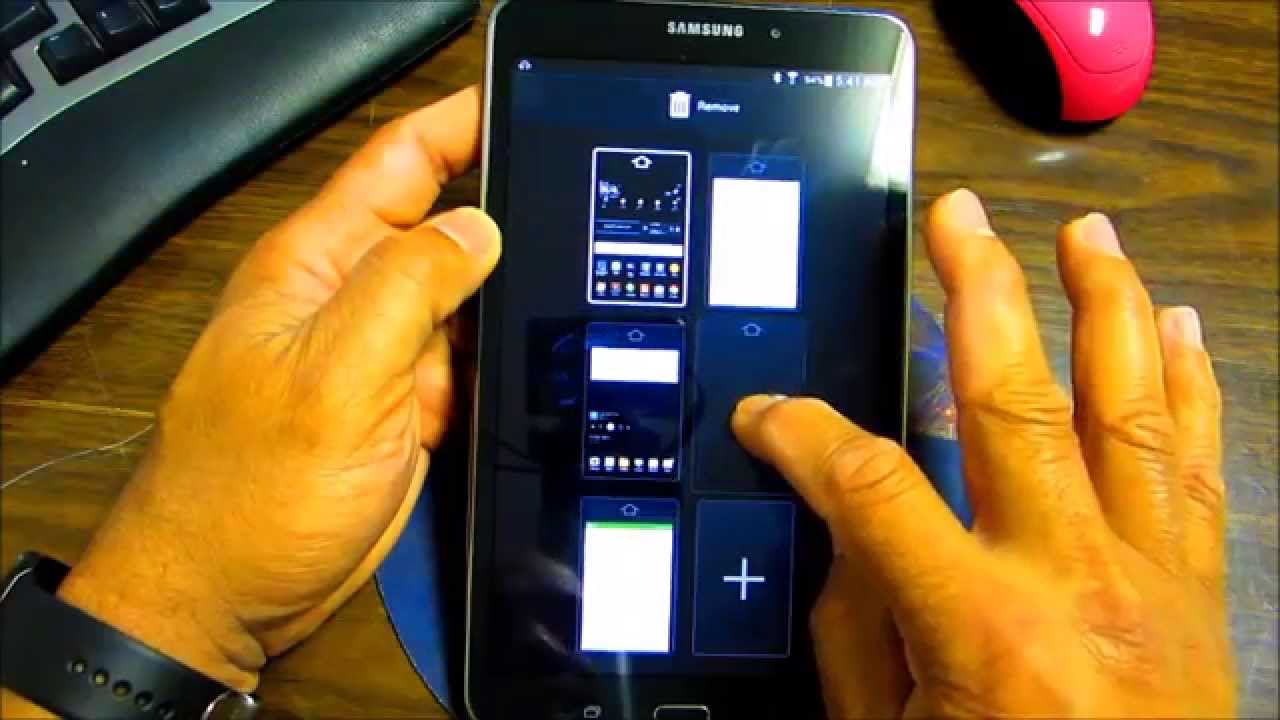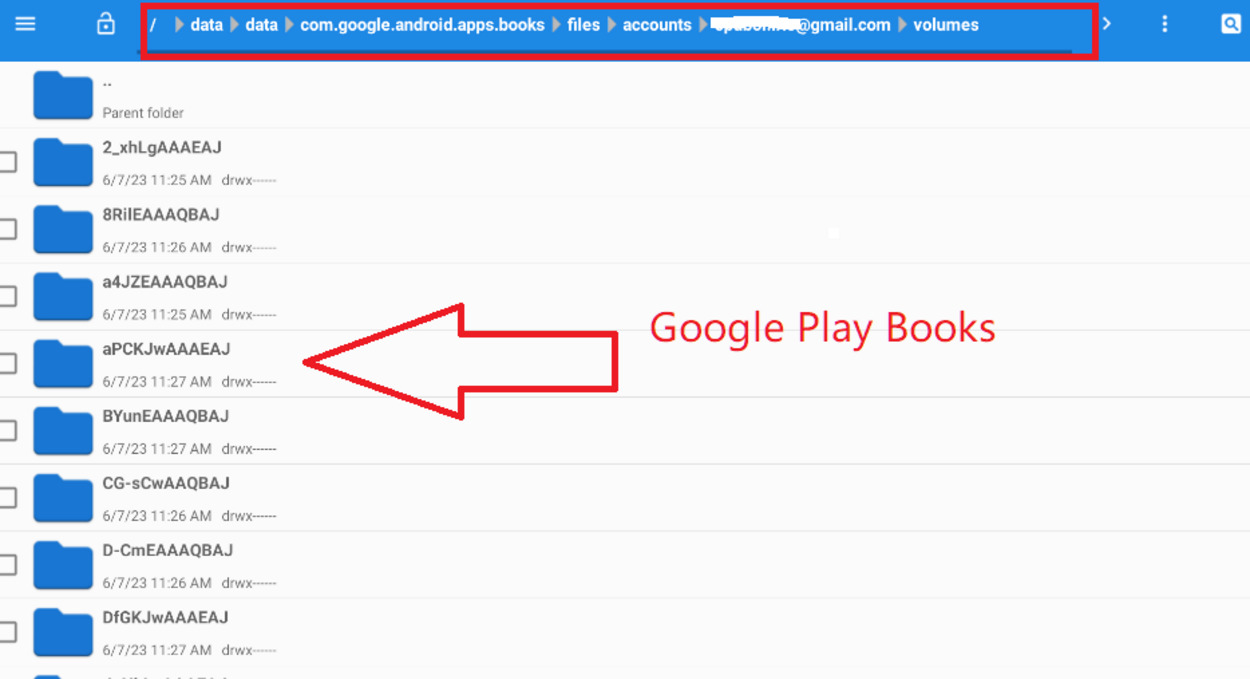Introduction
When using a Samsung tablet, organizing your files and documents is essential to ensure easy access and a clutter-free device. One way to keep things organized is by creating folders to group similar files together. Whether you want to organize your photos, documents, or apps, creating a new folder on your Samsung tablet is a simple and straightforward process.
In this article, we will guide you through the step-by-step process of creating a new folder on your Samsung tablet. Whether you’re a seasoned user or new to Samsung devices, this guide will help you efficiently organize your files and keep them easily accessible.
Having a well-organized tablet not only makes it easier to find what you need quickly, but it also improves your productivity and overall user experience. Rather than spending time searching through a long list of files or scattered icons, creating folders allows you to have a neatly arranged space for your files and apps.
No matter what model of Samsung tablet you have, the process of creating a new folder is similar across all devices. With just a few simple steps, you’ll be able to take control of your device’s organization and seamlessly navigate through your files and apps.
In the following sections, we will walk you through each step, explaining them in detail and providing helpful tips along the way. By the end of this guide, you’ll be able to create new folders on your Samsung tablet with ease, enabling you to stay organized and quickly find what you’re looking for.
Step 1: Go to the Home Screen
The first step to creating a new folder on your Samsung tablet is to go to the Home Screen. This is the default screen that appears when you turn on your tablet or press the Home button.
To access the Home Screen, you can either press the physical Home button located at the bottom of your device or swipe up from the bottom of the screen if you’re using a tablet with gesture navigation.
Once you’re on the Home Screen, you’ll see the main interface of your tablet. This is where all your app icons and widgets are displayed.
If you’re already on another screen or in an app, you can always return to the Home Screen by pressing the Home button or using the gesture navigation. This step is crucial as it will serve as the starting point for creating your new folder.
Now that you’re on the Home Screen, you’re ready to move on to the next step in creating a new folder on your Samsung tablet.
Step 2: Open the App Drawer
Once you are on the Home Screen of your Samsung tablet, the next step is to open the App Drawer. The App Drawer is where all the installed apps on your tablet are stored, making it easier to access and organize them.
To open the App Drawer, look for the “Apps” icon on the Home Screen. It usually resembles a grid of dots and is commonly found at the bottom-center or bottom-right of the screen. Tap on the “Apps” icon to open the App Drawer.
Alternatively, you can also swipe up or down on the Home Screen to access the App Drawer, depending on your tablet’s navigation settings. This gesture is particularly useful if your tablet has opted for gesture-based navigation instead of physical buttons.
Upon opening the App Drawer, you will see a list of all the apps installed on your Samsung tablet. The apps may be organized in a grid or list format, depending on your device’s settings. By default, the apps are usually arranged alphabetically or in the order they were installed.
Browsing through the App Drawer allows you to see all the apps on your tablet at a glance. This step is necessary to locate and access the apps you want to include in the new folder you will be creating in the next steps.
With the App Drawer opened, you’re all set to proceed to the next step and continue with creating a new folder on your Samsung tablet.
Step 3: Tap “My Files”
After opening the App Drawer on your Samsung tablet, the next step is to tap on the “My Files” app. The “My Files” app is a built-in file manager that allows you to navigate and manage the files and folders on your device.
Scroll through the list of apps in the App Drawer and look for the “My Files” icon. It is typically represented by a folder or file icon and labeled as “My Files” or “Files.” Once you find it, tap on the icon to open the “My Files” app.
Alternatively, you can also use the search feature in the App Drawer and type in “My Files” to quickly locate the app.
When you open the “My Files” app, you will be greeted with the main interface, which displays the file hierarchy of your device. You will see various folders such as “Documents,” “Downloads,” “Images,” and more, depending on how your device is organized.
The “My Files” app is a powerful tool that allows you to browse, search, delete, rename, and manage all types of files on your Samsung tablet. It is essential for creating a new folder as it will be the platform where you can organize your files and keep them neatly sorted.
By tapping on the “My Files” app in the App Drawer, you’ve taken an important step towards creating a new folder. In the next step, we will guide you through the process of selecting the location for your new folder.
Step 4: Select the Location
After opening the “My Files” app on your Samsung tablet, the next step is to select the location where you want to create your new folder. This location will determine the directory or folder within which your new folder will be placed.
In the “My Files” app, you will see a list of folders and directories displayed. These folders represent the different storage locations on your tablet, such as internal storage, SD card, and other connected devices.
To select the location for your new folder, tap on the desired folder from the list. If you want to create the folder on your tablet’s internal storage, you can simply select “Internal Storage” or the name of the specific folder where you want to create the new folder.
If you have an SD card inserted in your tablet and want to create the folder on the external storage, you can select the SD card or the specific folder on the SD card where you want to create the new folder.
It’s important to choose the location that makes the most sense for your organization needs and the type of files you’re planning to store in the new folder. Consider the available storage space and the long-term accessibility of the files before selecting the location.
Once you have selected the location for your new folder, you’re ready to move on to the next step in the process: tapping the “Menu” button.
Please note that the exact labeling and arrangement of folders may vary slightly depending on the model of Samsung tablet you have and the version of the “My Files” app installed on your device.
Step 5: Tap “Menu”
After selecting the desired location for your new folder in the “My Files” app on your Samsung tablet, the next step is to tap the “Menu” button. The Menu button is where you’ll find additional options and functions within the app.
The location of the Menu button may vary depending on the device and the version of the “My Files” app you have. Typically, you can find it in the top-right corner of the app interface. Look for an icon consisting of three vertical dots or three horizontal lines.
Tap on the Menu button to open the drop-down menu, which will present you with various options and settings related to file management.
Some common options you may find in the Menu include:
- Create folder: This option allows you to create a new folder within the selected location.
- Sort by: This option enables you to arrange your files and folders in different orders, such as by name, date, file type, or size.
- Select: This option allows you to select multiple files or folders for various actions, such as copying, moving, or deleting.
- Settings: This option lets you customize the “My Files” app preferences and configure various settings, such as the default storage location or file view options.
By tapping on the Menu button, you’ll gain access to these additional options and functionalities, which can enhance your file management experience on your Samsung tablet.
Now that you’ve tapped the Menu button, the next step is to choose the “Create folder” option, which we will guide you through in the next step of the process.
Step 6: Choose “Create folder”
After tapping the Menu button in the “My Files” app on your Samsung tablet, the next step is to choose the “Create folder” option from the available menu items. This action will initiate the process of creating a new folder within the selected location.
Once you open the Menu, look for the “Create folder” option. It is typically located towards the top of the menu list, but the exact position may vary depending on the version of the app you have.
Tap on the “Create folder” option to proceed with the creation of your new folder.
By selecting the “Create folder” option, you are signaling to the “My Files” app that you want to create a new directory for organizing your files and subfolders.
Creating a new folder allows you to group related files together, making it easier to locate and access them in the future. It’s an effective way to maintain a well-organized file system on your Samsung tablet.
Now that you have chosen the “Create folder” option, the next step in the process is to provide a name for your new folder. We will discuss this in detail in the following section.
Step 7: Enter a Folder Name
After selecting the “Create folder” option in the “My Files” app on your Samsung tablet, the next step is to enter a name for your new folder. The folder name will serve as the identifier, allowing you to easily recognize and locate it in the future.
On the screen, you will see a text field or a pop-up window where you can enter the desired name for your folder. Tap on the text field or within the pop-up window to activate the keyboard and start typing.
When choosing a name for your folder, it is recommended to use descriptive and meaningful names that reflect the contents or purpose of the folder. This will make it easier for you to identify the folder at a glance and locate specific files within it when needed.
You can use a combination of letters, numbers, and special characters in the folder name. However, it’s important to note that some special characters or symbols may not be allowed depending on the file system or the specific requirements of your device.
Additionally, consider keeping the folder name concise and clear, avoiding excessively long names that may become difficult to read or view when browsing through your files.
Once you have entered the desired folder name, double-check for any typos or errors before proceeding to the next step. Ensuring the accuracy of the folder name will help maintain a well-organized file structure on your Samsung tablet.
With the folder name entered, you’re now ready to move on to the final step in the process: tapping the “Create” button to create your new folder. We will discuss this in detail in the next section.
Step 8: Tap “Create”
After entering a name for your new folder in the “My Files” app on your Samsung tablet, the final step is to tap the “Create” button. This action will officially create the folder with the specified name in the selected location.
Locate the “Create” button on the screen, usually positioned at the bottom-right corner or near the text field where you entered the folder name. Tap on the “Create” button to initiate the creation process.
By tapping “Create,” the “My Files” app will instantly generate a new folder with the name you provided. The newly created folder will now appear in the selected location alongside your other files and folders.
It’s important to remember that the “Create” button is the final step in the process. Once you tap it, the folder creation is complete, and you can immediately start using the newly created folder to organize and store your files.
Double-check the folder name and ensure it accurately reflects the contents or purpose of the folder before tapping “Create.” Taking a moment to verify the name will prevent any potential confusion or need for renaming the folder later.
Creating customized folders gives you the freedom to structure your files and data according to your preference. It helps you manage your content efficiently and simplifies the process of locating specific files or retrieving important data.
With the folder successfully created, you can now start populating it with files by moving or copying items from other locations within the “My Files” app. This allows you to keep related files organized and readily accessible whenever you need them.
Congratulations! You have successfully created a new folder on your Samsung tablet. Enjoy the benefits of an organized file system and easily navigate through your content.
Conclusion
Organizing your files and folders on your Samsung tablet is an essential task to maintain a clutter-free and efficient device. Creating new folders allows you to group related files together and make them easily accessible whenever you need them.
In this guide, we have walked you through the step-by-step process of creating a new folder on your Samsung tablet. From navigating to the Home Screen and opening the App Drawer to selecting the location and entering a folder name, each step plays a crucial role in organizing your files.
By following these steps, you can take control of your file management and optimize your productivity. With a well-organized file system, you can find files quickly, reduce clutter, and seamlessly navigate through your content.
Remember to choose descriptive and meaningful names for your folders, making it easier to identify their contents at a glance. Additionally, consider the location where you want to create the folder, ensuring it aligns with your organization needs and the type of files you plan to store within it.
The “My Files” app on your Samsung tablet is a powerful tool that offers various features for managing and organizing your files. Take advantage of sorting options, search capabilities, and additional settings within the app to further enhance your file management experience.
Creating folders on your Samsung tablet is a simple and effective way to maintain an organized digital space. By dedicating some time to properly structure your files, you can save time and improve your overall user experience.







